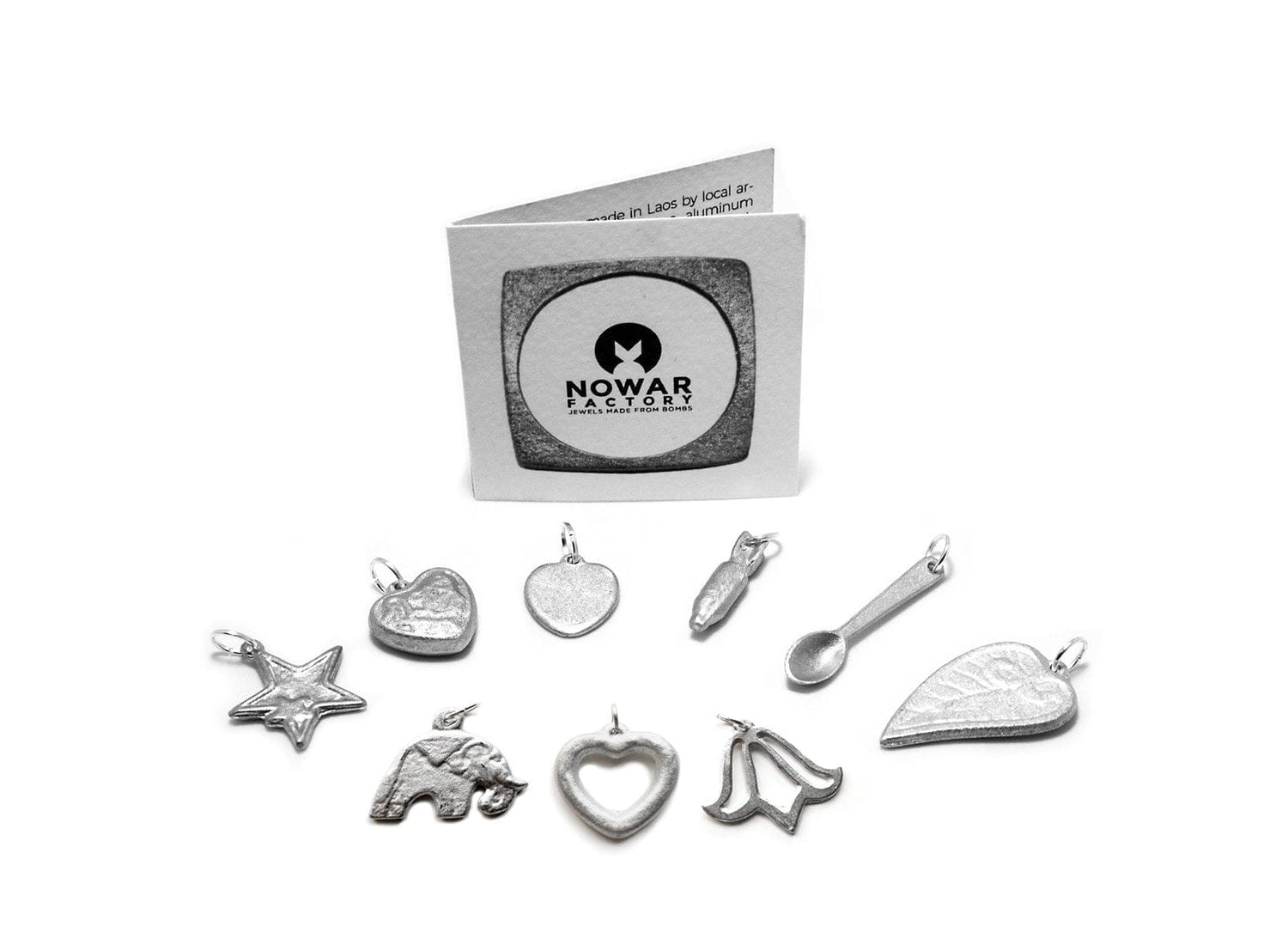The Plain of Jars: A Mysterious Landscape Marked by War

In the heart of northern Laos lies a place as fascinating as it is eerie: the Plain of Jars. This archaeological site, declared a World Heritage Site by UNESCO in 2019, is dotted with thousands of ancient stone jars, whose origin and purpose remain shrouded in mystery.
An archaeological enigma
The jars, some weighing up to 14 tons, are scattered over an area of more than 90 square kilometers. Archaeologists estimate that they date to between 500 BC and AD 500. Some theories suggest that they were used for funerary purposes, while others suggest that they were used to collect rainwater or to produce alcohol.
The Shadow of War
Unfortunately, the beauty and mystery of this site are overshadowed by a recent history of violence. During the Vietnam War , the Plain of Jars was heavily bombed by the United States, as part of a covert campaign known as the "Secret War of Laos".
Between 1964 and 1973, the United States dropped over two million tons of bombs on Laos, making it the most bombed country per capita in history. Many of these bombs failed to explode, turning the Plain of Jars and much of Laos into a dangerous minefield.
The Plain of Jars in Laos: UNESCO Heritage Site between Millenary Mysteries and Scars of War

The Millennial Enigma of the Stone Jars
In the heart of northern Laos, in Xieng Khouang province, lies a landscape as enigmatic as it is moving: the Plain of Jars . This extraordinary archaeological site, recognized as a UNESCO World Heritage Site in 2019, is home to thousands of ancient stone jars, whose origin and function continue to intrigue archaeologists and visitors from around the world.
Plain of Jars Facts:
- Extension: over 90 square kilometers
- Weight of jars: up to 14 tons
- Dating: between 500 BC and 500 AD
- Theories on function: funerary urns, rainwater collection, production of ritual alcohols
- Current status: UNESCO World Heritage since 2019
From Archaeological Mystery to the Scars of the Vietnam War
Unfortunately, the majesty of this archaeological site is overshadowed by a recent history of violence. During the Vietnam War, the Plain of Jars was the site of intense bombing by the United States, as part of a covert military campaign known as the "Secret War of Laos."
"Between 1964 and 1973, the United States dropped over two million tons of bombs on Laos, making it the most bombed country per capita in history." - Source: Legacies of War
Many of these devices failed to explode, turning the Plain of Jars and large areas of Laos into dangerous minefields.

The Challenge Continues: Remediation and Education in Laos
Today, more than half a century after the end of the conflict, the Plain of Jars remains littered with unexploded ordnance (UXO). Organizations like ours, No War Factory, are at the forefront of cleanup efforts and raising awareness about the risks of UXO to local communities.
A Monument to Resilience and a Call for Peace
The Plain of Jars stands as a powerful testament to the lasting consequences of war and human resilience. As we marvel at the enigmatic beauty of these ancient stone jars, we cannot ignore the invisible scars left by a more recent conflict.
How you can contribute: By purchasing No War Factory products, you will directly contribute to the purchase of water purification filters for families in rural villages in Laos. This initiative not only supports our remediation work, but also improves the quality of life of local communities, providing them with access to clean and safe water.
Despite the challenges, the Plain of Jars remains a powerful symbol of resilience and a call for peace. The combined efforts of these organizations and the support of individuals like you have made it possible not only to safely explore many areas, but also to improve the living conditions of local communities.
Join us in this mission of cleanup, preservation and solidarity. Visit www.nowarfactory.com to discover how your purchases can make a difference, preserving this extraordinary heritage and supporting local communities for future generations.
- Support our work with a donation
- Share this story to raise awareness of the lasting impact of war
Join us in building a safer future
FAQ about the Plain of Jars and Our Work
- Q: What exactly are the jars from the Plain of Jars? A: The jars are enormous stone vessels, some as high as 3 meters, whose exact function remains a mystery to archaeologists.
- Q: Is it safe to visit the Plain of Jars today? A: Thanks to the work of organizations like No War Factory, many areas have been cleared and are safe for visitors. However, it is essential to follow the marked trails and local guides.
Q: How can I support the cleanup work in Laos? A: You can donate on our website or simply share information to raise awareness.



